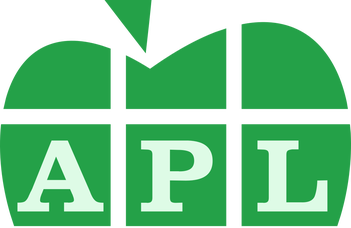APL and array programming

2023. október 10. 13:00 - 15:00
EIT Digital Co-Location Centre, 1117 Budapest, 10/A. Bogdánfy u.
2023. október 10. 13:00 - 15:00
EIT Digital Co-Location Centre, 1117 Budapest, 10/A. Bogdánfy u.
APL and array programming
 Event details
Event details
Starts: 10.10.2023 13 p.m.
Ends: 10.10.2023 15 p.m.
Format: Live
Type: Lecture
The event is free, but registration is required!
 Location
Location
EIT Digital Co-Location Centre, 1117 Budapest, 10/A. Bogdánfy u.
 Abstract
Abstract
APL has played a significant role in the history of computing, giving rise to a whole family of programming languages and being influential in the creation of very successful software. Although the basics of APL have been established for a long time, exciting new developments continue today. We will look at some of the most powerful features of Dyalog APL and will see some examples of how it is being used.
 Lecturer
Lecturer
Jesús Galán López was born in Spain, in the city of Ávila. He studied Industrial Engineering (a combination of different engineering disciplines) in the University of Valladolid, spending one year at the Universitá degli studi di Lecce, in Italy. After graduating, he moved to Belgium for an internship with OCAS NV, a research centre associated to ArcelorMittal. He then started working for Ghent University (UGent), where he held positions as laboratory technician, doctoral student, academic assistant, and postdoctoral researcher. He got the title of Doctor of Engineering in 2014. His work as a postdoctoral researcher continued in Delft University of Technology (TU Delft), in the Netherlands, where he worked in different projects in collaboration with the Materials and Innovation Institute (M2i) and Tata Steel Europe, among others. Nowadays, he works as an external contractor for Dyalog Ltd, in collaboration with UGent, with the goal of expanding the use of the APL programming language as a research tool in academic and scientific environments.
Most of the work of JGL in the field of metallurgy is related to the topic of computational modelling (crystal plasticity, transformation models, analysis tools), but it also includes work in material characterization, experimental techniques, mathematical methods, and mechanical properties.


